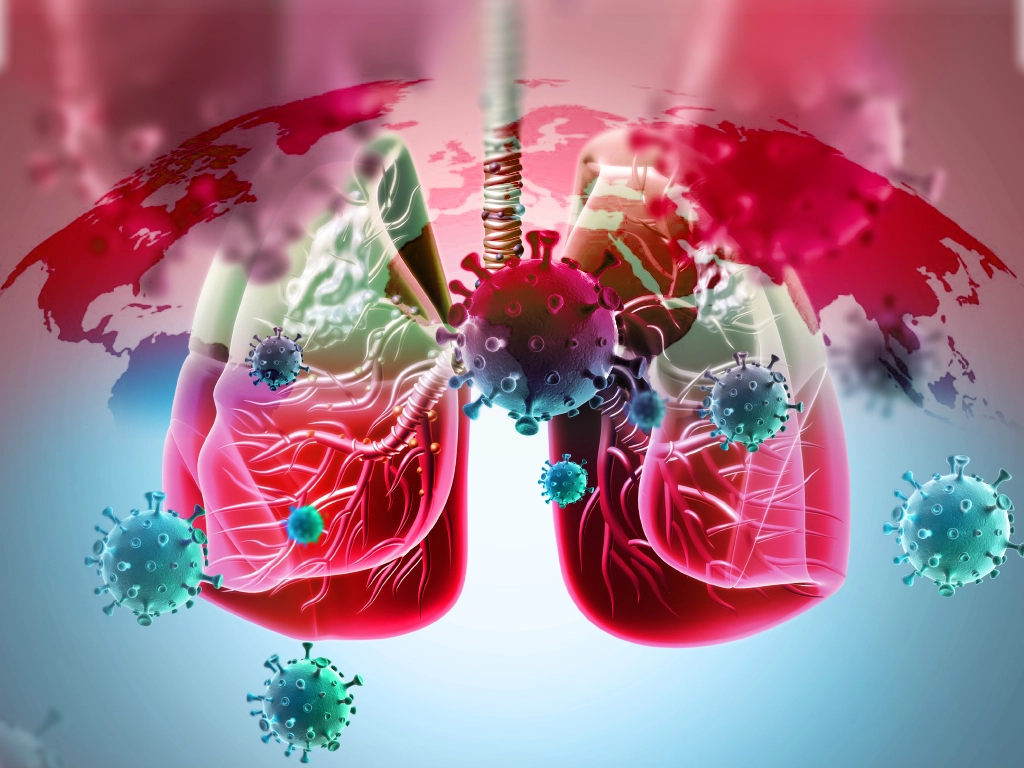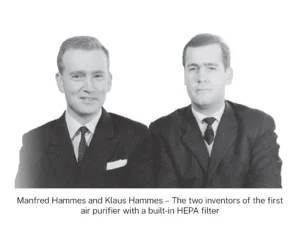From “Consumption” to “The King’s Evil,” “The White Death” to “The Robber of Youth” — few diseases have acquired quite as many poetic monikers as tuberculosis (TB); perhaps this has something to do with how many poets have met death at its hands (well, pili). However, Mycobacterium tuberculosis is more than the historic scourge of waifish Victorians. Tuberculosis is the deadliest communicable disease in the world, and things are getting worse.
The Global TB Crisis
Tuberculosis is a wasting respiratory disease caused by the bacteria Mycobacterium tuberculosis. Spread via indoor air in crowded spaces, most victims enter a latent stage without symptoms and without the ability to spread the disease to others. However, when/if the immune system can no longer isolate the bacteria, the disease enters its active stage. This can lead to (among other symptoms) cough, anemia, fatigue, fever, weight loss, chest pain, and bloody sputum. (Note: the bacteria can also spread to areas outside the lungs — most infamously the lymph nodes).
Tuberculosis has plagued humanity for millennia, but even the advent of antibiotics and testing didn’t help — first, because the bacteria quickly developed antibiotic resistance and second, because much of the world lacks access to these tools. Thus, tuberculosis remains an ongoing global tragedy. According to the WHO, “A total of 1.25 million people died from tuberculosis (TB) in 2023[…]Worldwide, TB has probably returned to being the world’s leading cause of death from a single infectious agent, following [3] years in which it was replaced by coronavirus disease (COVID-19).” Per microbiology professors Karen Dobos and Marcela Henao-Tamayo of Colorado State University, “About half of all people with untreated active TB die from the disease, whereas treatment reduces the death rate to 12%.”
This treatment, however, requires months of multiple antibiotics in order to effectively eliminate the infection. These effective antibiotics are also toxic to humans, which can lead to lifelong side effects (albeit still milder than the effects of an active TB infection). Thus, “Finding cases and treating TB illness early, before symptoms begin, is important because it not only reduces the spread of disease but also greatly reduces drug toxicity (ibid.).”
A New American Outbreak
According to Dr. David Dowdy of John Hopkins, “When public health services weaken, one of the first things you will see is outbreaks of TB.” Thus, it is concerning that 3 counties in Kansas are currently experiencing outbreaks of TB, with 147 diagnoses and 67 active illnesses.
To be clear, the risk to most Americans remains low. However, we don’t yet know why our healthcare system failed in Kansas. The resurgence may be the result of the COVID-19 pandemic straining healthcare infrastructure, allowing TB cases to climb without being detected. It may be due to limited service in impoverished communities. Or it may be due to a combination of known and unknown factors.
Given this uncertainty, what can the average home or office dweller do to gain peace of mind?
Taking Matters Into Your Own Home
Recently, ActivePure pitted its Surface & Air Guardian against aerosolized M. tuberculosis. The University of Texas Medical Branch performed this experiment. Per the lab report, “Two devices manufactured by ActivePure[…]were used in the study, an experimental device and a control device. The experimental device was equipped with the ActivePure technology capable of inactivating airborne pathogens, as well as a fan used for air intake and output (all other technologies within the devices were either removed or deactivated). The control device was essentially identical to the experimental device, but the pathogen inactivation ActivePure technology was removed from the control device” (Lawrence & Peel, 2025).
Each device was placed in a study chamber that received an aerosolized TB spray. TB levels were sampled:
- Before the devices were activated
- As the devices were activated
- One minute after the devices were activated
- 10 minutes after the devices were activated
These tests were performed multiple times with each device, and the results were averaged. Then, the results for the control device were subtracted from the results for the experimental device.
- At one minute the experimental device had a net log reduction of 1.3 over the control device.
- At 10 minutes it had a net log reduction of 2.26 over the control device.
This means that, on average, the ActivePure Technology inside the Surface & Air Guardian demonstrated a 94.99% reduction of airborne M. tuberculosis in one minute and a 99.45% reduction in 10 minutes — above and beyond the reduction offered without such intervention.
By providing a proven means of reducing airborne M. tuberculosis, ActivePure devices add one more layer of protection to your homes, schools, offices, and healthcare facilities. Learn about those spaces we have already helped on our news page.



